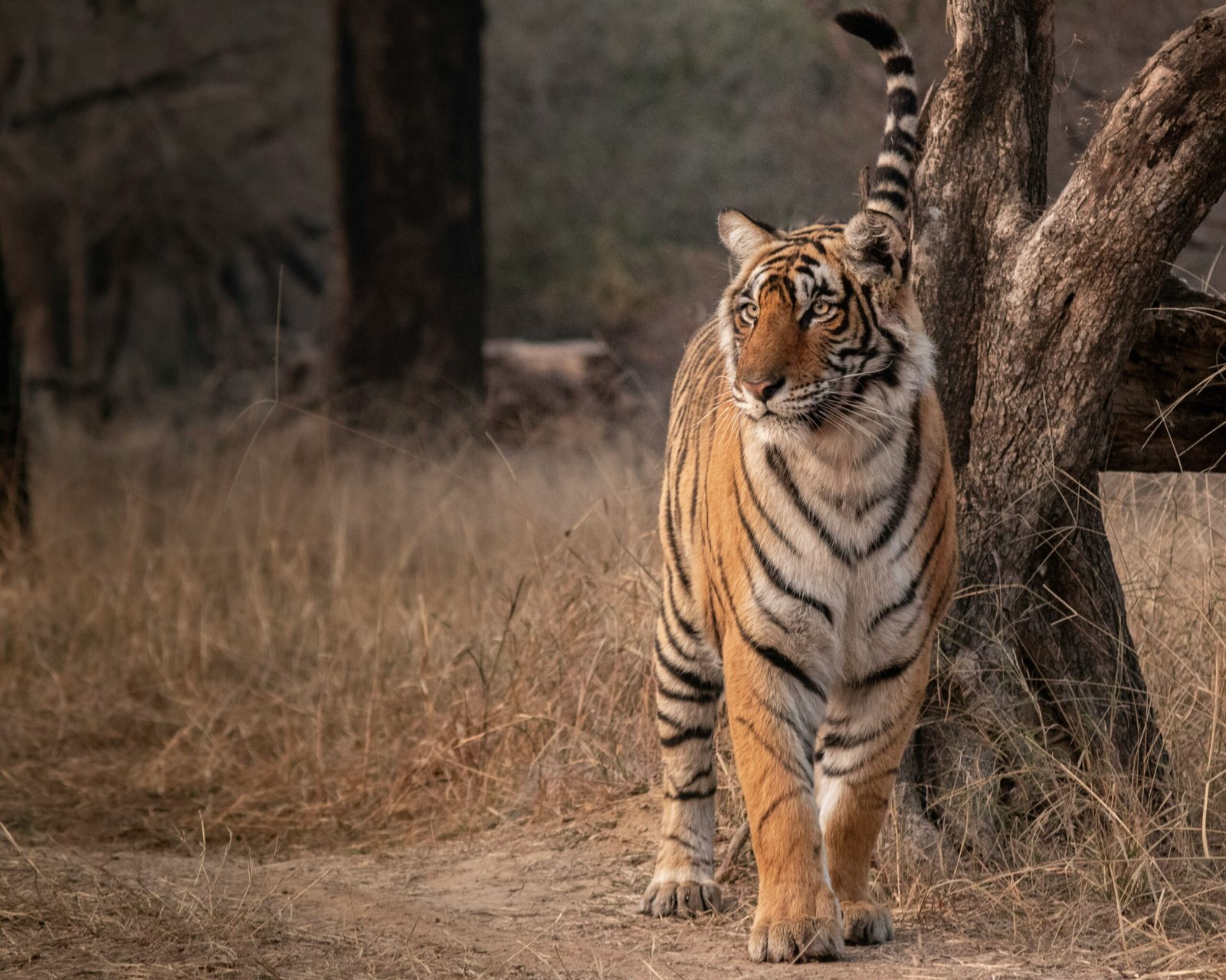The Importance of Preserving Tiger Habitats
Tigers are more than just majestic creatures; they play a crucial role in maintaining the balance of their ecosystems. As apex predators, they regulate prey populations and help shape the structure of habitats. Without tigers, these environments could become unstable.
Preserving tiger habitats is vital for biodiversity. Their presence supports numerous other species that share their environment, creating a rich tapestry of life. When we protect these areas, we also safeguard countless plants and animals that rely on similar ecosystems.
Moreover, healthy tiger populations contribute to cultural heritage and ecotourism opportunities. Many communities thrive economically through responsible tourism centered around wildlife conservation. This fosters an appreciation for nature while providing financial incentives to preserve it.
Ensuring tigers have secure habitats means investing in our planet’s health as well. Forests act as carbon sinks, combating climate change and promoting cleaner air for all living beings. Protecting them ultimately benefits humanity too.
Asian Tigers: From the Jungles of India to the Mountains of China
Asian tigers, primarily the Bengal tiger, roam across diverse landscapes in India. From the dense jungles of Sundarbans to the grasslands of Ranthambore, these majestic creatures thrive where prey is abundant.
Moving northward, tigers adapt to mountainous terrains in China. The Siberian tigers live finds refuge in cold woodland areas. Here, they’ve developed thick fur for insulation against harsh winters.
In both regions, habitats vary drastically but provide essential resources for survival. Water sources and ample vegetation are crucial for hunting and breeding.
The challenge lies in preserving these rich ecosystems amidst growing human encroachment. Each habitat tells a story of adaptability and resilience that continues to shape the future of these magnificent big cats.
The Impact of Human Activity on Tiger Habitats
Human activity profoundly affects tiger habitats across the globe. Deforestation is a primary concern. As forests are cut down for agriculture and urban development, tigers lose their natural homes.
Poaching poses another significant threat. Tigers are hunted not only for their skin but also for body parts used in traditional medicine. This illegal trade has decimated populations in many regions.
Pollution further complicates the issue. Contaminated water sources and declining prey species disrupt the delicate balance of ecosystems where tigers thrive.
As human settlements encroach on wild territories, conflicts often arise. Tigers may wander into villages searching for food, leading to dangerous encounters with humans.
Each of these factors creates a ripple effect that endangers not just tigers but entire ecosystems as well. The survival of these majestic creatures hinges on addressing these pressing challenges head-on.
Conservation Efforts and Success Stories
Conservation efforts worldwide have sparked hope for tiger populations. Organizations like the World Wildlife Fund and Panthera are dedicated to preserving these majestic creatures.
In India, tigers live Project Tiger has seen remarkable success since its inception in 1973. This initiative led to the establishment of multiple reserves, boosting Bengal tiger numbers significantly.
Similarly, China’s nature reserves provide safe havens for Indochinese tigers. These protected areas allow them to roam freely while promoting biodiversity.
Community involvement plays a crucial role in these initiatives. Locals participate in habitat restoration and anti-poaching measures, ensuring a more sustainable future for tigers.
Success stories also shine through innovative technologies like camera traps that help monitor tiger movements and behaviors. These advancements promote better understanding and strategies for effective conservation.
Every effort counts as we navigate challenges posed by poaching and habitat loss, reminding us that change is possible when passion meets action.
How We Can Help Protect Tiger Habitats for Future Generations
Protecting tiger habitats requires collective efforts that start with awareness and education. Sharing knowledge about their ecosystems can inspire action within communities.
Supporting sustainable tourism is another tigers live way to help. Visiting wildlife reserves responsibly can boost local economies, promoting conservation initiatives while allowing tigers to thrive in their natural surroundings.
Engaging in habitat restoration projects also makes a difference. Volunteering for or donating to organizations focused on reforestation can improve the quality of these environments and support biodiversity.
Advocacy plays a crucial role too. Encouraging policies that protect natural spaces helps ensure that legal measures are taken against poaching and habitat destruction.
Adopting eco-friendly practices at home contributes positively as well. Reducing waste, conserving energy, and using sustainable products collectively impact our planet’s health—making it safer for tigers and countless other species alike.
Conclusion
Tigers are incredible creatures that roam diverse habitats across the globe. Their existence plays a vital role in maintaining the balance of ecosystems. Preserving these natural environments is not just about saving tigers; it’s about protecting countless other species and ensuring healthy landscapes for future generations.
As we explore where tigers live, from the dense jungles of India to scattered populations in China, we recognize both their majesty and vulnerability. Human activities threaten these magnificent cats, but there is hope through conservation efforts that have shown success stories around the world.
By raising awareness and participating in local initiatives, everyone can contribute to safeguarding tiger habitats. Together, we can ensure that these majestic animals continue to thrive in their natural environments for years to come. The responsibility lies with us all—let’s take action today for a sustainable tomorrow where tigers can roam freely once more.

